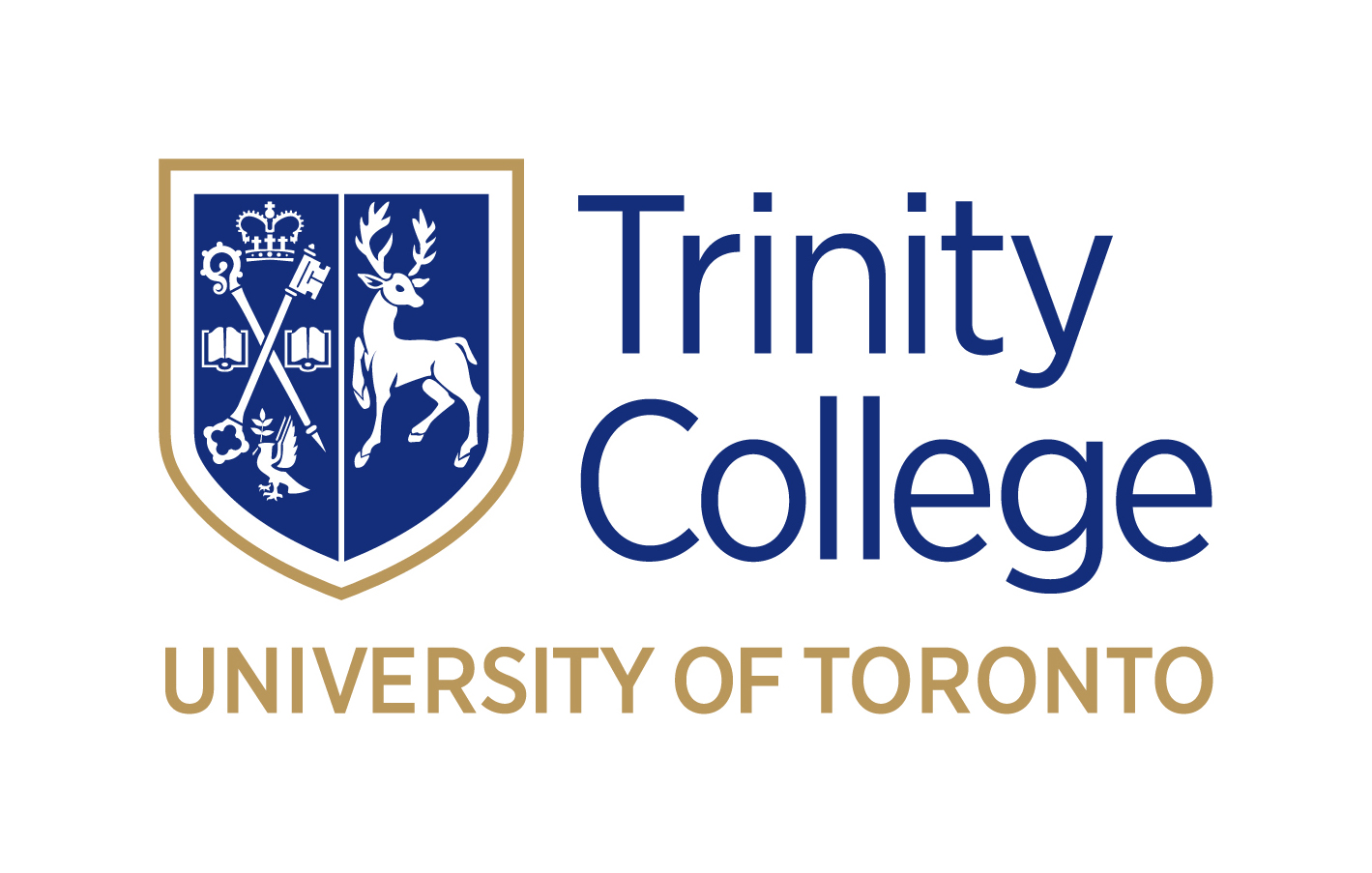

 |
 |
|

More than money:
the business contribution to global health
Jeffrey L Sturchio, senior partner, Rabin Martin
Increasingly, the private sector is plugging gaps in community healthcare, either through sustainable partnerships or by providing critical resources
From "The G8 Camp David Summit 2012: The Road to Recovery," edited by John Kirton and Madeline Koch,
published by Newsdesk Media Group and the G8 Research Group, 2012
To download a low-resolution pdf, click here.
Two years ago, G8 leaders pledged an additional $5 billion by 2015 to improve maternal, newborn and child health and to help achieve Millennium Development Goals (MDGs) 4 and 5. But in the often frustrating calculus of G8 discourse, the enthusiasm of the 2010 Muskoka summit has been tempered by the reality of the fiscal constraints that governments face as their economies struggle in the wake of the global recession. In this uncertain climate, business has emerged as a true partner with government and civil society in addressing some of the great global health challenges. This paradigm shift presents an opportunity for the G8 to facilitate deeper engagement with both private and public stakeholders to continue this trajectory of progress.
The Every Woman Every Child initiative is an important example of how effectively multisectoral partnerships can – and should – work. Launched by United Nations secretary-general Ban Ki-moon in September 2010 as part of the Global Strategy for Women's and Children's Health, the initiative has mobilised an estimated $40 billion in commitments over five years. The goal is to save the lives of 16 million women and children by 2015, by filling the gap between the investment required for women's and children's health and the resources that are provided.
One of the most significant aspects of Every Woman Every Child is the wide range of partners who have made commitments to help. This is a striking example of the contributions that businesses large and small are already making to global health, bringing complementary resources and capabilities to reinforce the efforts of donors, national governments and other partners.
The 32 commitments made by 27 business organisations to Every Woman, Every Child include a diverse array of initiatives:
As demonstrated by these and many other commitments that are already making a difference, the private sector is providing critical resources to address global health priorities and to improve health outcomes. Equally encouraging is the trend towards utilising innovative public-private partnerships to develop sustainable healthcare solutions to deal with the challenge of maternal mortality. These partnerships focus on creating sustainable business models in resource-limited settings, enabling local business partners to develop tailored products and services for women and children while moving beyond dependence on donors.
One such partnership is the Mobile Alliance for Maternal Action (MAMA). MAMA, which uses mobile phones to improve maternal health in developing countries, is piloting a programme that delivers audio health messages twice a week to 2,000 women to remind mothers to attend antenatal care checkups and how to stay healthy during pregnancy. MAMA seeks to achieve ‘scale, sustainability and impact' by creating a replicable model of reaching low-income mothers and household decision-makers.
MAMA is experimenting with different payment methods, which include subsidising rates, working with service providers to offer discounted rates and soliciting advertising. Founding partners USAID and Johnson & Johnson have made a three-year, $10 million investment to create and strengthen programmes in Bangladesh, India and South Africa. Over the next three years, MAMA will help coordinate and increase the impact of existing mobile health programmes and provide resources and technical assistance to promising new business models.
Innovative partnerships such as these demonstrate the potential that comes from matching the capabilities and resources of the private sector – a bias towards innovation, a focus on efficiency and management, and a determination to reach scale – with the scope and democratic inclusiveness of the public sector. This potential can be seen not only at the level of multinational corporations working with multilateral organisations and governments, but also at the national level, where a vibrant ecology of energetic entrepreneurs, existing small and medium-sized enterprises and supporting institutions is helping to deliver improved health outcomes in creative ways to a wide range of customer segments.
A promising example of a sustainable business model to address maternal health at the local level is the Drishtee Maternal Health Care Project in India. With support from MSD, Drishtee launched its Health Franchise programme in 2010. The franchise hires locally trained women to become a collective set of entrepreneurs and owners of Drishtee Health Kiosks, which provide maternal care and non-invasive diagnostics. The women are trained to work in a cluster of villages on defined routes in regions where government facilities are either absent or non-functional. The goal of the Drishtee Health Franchise programme is to be sustainable by having each kiosk charge for its services, including a registration fee. By using trained women health entrepreneurs and by providing rural women with a safer option for childbirth, the project plans to reduce maternal mortality through community education and access to maternal health services.
As governments focus on financial recovery, partnering with the business community to explore sustainable models to address health is more important than ever.
The real question is not whether business has a role to play, but how to encourage additional collaboration and cooperation among businesses, the communities in which they operate and the public sector to address the growing health challenges faced by low- and middle-income countries.
In addition to maternal and child health, in recent years there has been an unprecedented mobilisation of resources and partnerships to tackle HIV/AIDS, tuberculosis, malaria and neglected tropical diseases (such as onchocerciasis, lymphatic filariasis, guinea worm, trachoma and schistosomiasis).
Non-communicable diseases – such as heart disease and stroke, diabetes, asthma and other respiratory conditions, cancer, dementia and mental illness, visual impairment – are bringing the next wave of global health challenges. There will continue to be a compelling case for businesses across sectors to contribute to solutions.
How can the G8 leaders best help to foster greater business contributions to global health? Rather than focus on resource commitments, the G8 can help most effectively by exercising leadership – in policies, practices and partnerships.
By making the strengthening of health systems a priority and by creating enabling policy environments – in such areas as trade promotion, procurement and supply-chain management, product regulation and registration, and the mundane aspects of contract negotiations – the G8 can provide incentives for businesses to invest in global health solutions that can reach millions. Encouraging their partner governments to do likewise, and to share pragmatic solutions, will create useful leverage and expand the coverage of successful programmes.
Adopting practices that reinforce private-sector engagement in public health solutions – for instance, by requiring officials to consider working with private-sector providers in scaling up new health programmes (in effect, guaranteeing a market by becoming a core early customer) – will also help, as will implementing careful evaluations of investments to understand and build upon what works. And, finally, by actively fostering development partnerships that embody these enabling policies and practices, the G8 can model behaviour that will catalyse additional business investments in global health.
The G8 leaders can also apply their influence to bring together the right resources, the right expertise and the right solutions in innovative ways to create successful and sustainable responses to the challenges in maternal and child health identified at the Muskoka Summit in 2010.
More importantly, by implementing the right policies, practices and partnerships, the G8 can embrace the opportunity to create new whole-of-society approaches to address the global health challenges of the future.
|
This Information System is provided by the University of Toronto Library |
All contents copyright © 2023. University of Toronto unless otherwise stated. All rights reserved.